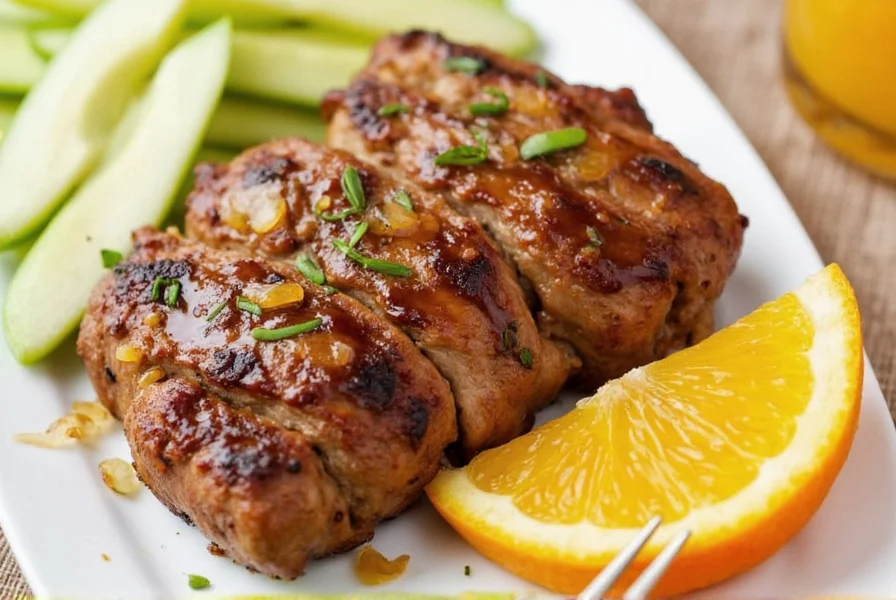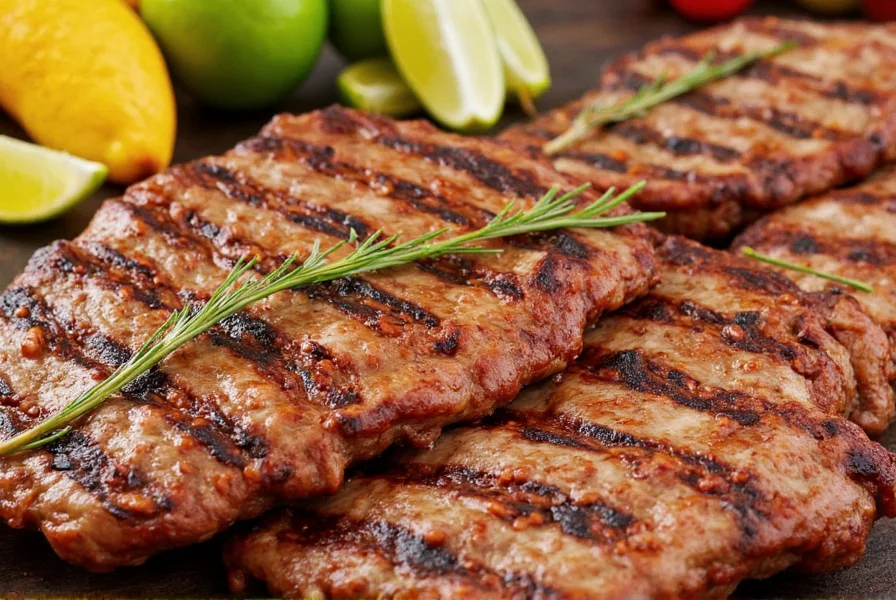Carne Asada Marinade: Sizzle Like a True Mexican Grill Master!

Hey grill enthusiasts and taco lovers! Ever bitten into that juicy, smoky, citrus-kissed cut of carne asada and thought—how do they make it so flavorful? You're not alone. The secret lies in the marinade, amigos.
Today, we’re diving deep into the heart of one of Mexico’s most beloved grilling traditions—the authentic Mexican carne asada marinade. Whether you're a seasoned pitmaster or a weekend warrior with a Weber, this guide will turn your meat game up a notch.
Table of Contents
- Introduction to Carne Asada Marinades
- The Secret Ingredients Behind Authentic Flavor
- Step-by-Step Recipe for Perfect Carne Asada Marinade
- Buying Guide: Must-Have Ingredients & Tools
- Pro Grilling Tips for Juicy Results
- Frequently Asked Questions
- Conclusion: Fire Up That Flame!
What Makes Carne Asada So Special?
Carne asada translates literally to “grilled meat,” but it's so much more than that. It’s a culinary tradition rooted in Mexican culture, especially in northern regions like Sonora and Sinaloa where beef is king.
The real star isn’t just the meat—it’s the marinade. This zesty, bold concoction tenderizes the beef while infusing it with layers of flavor: tangy lime, earthy cumin, spicy chiles, and aromatic garlic.

Why Use a Marinade?
- Tenderizes tougher cuts like skirt or flank steak
- Infuses deep, complex flavors
- Creates a delicious crust when seared on the grill
The Secret Ingredients Behind Authentic Flavor
So what makes an authentic Mexican carne asada marinade different from a generic “steak sauce” at the store? Let’s break down the essentials:
| Ingredient | Purpose | Authenticity Factor | h>
|---|---|---|
| Lime Juice | Acidic base that tenderizes and adds brightness | Essential |
| Cumin | Earthy warmth that defines Mexican spice blends | Essential |
| Garlic | Adds savory depth and aroma | Must-have |
| Orange Juice (optional) | Sweetness balances acidity | Variation |
| Dried Chiles (e.g., guajillo, ancho) | Smoky heat with traditional flair | Advanced tip |
| Olive Oil | Helps carry flavor and protect meat from drying out | Highly recommended |
Regional Twists Across Mexico
- Norteño Style: More garlic and jalapeño for extra kick
- Baja Style: Uses beer or cola for sweetness and tenderness
- Central Mexico: Incorporates herbs like epazote or cilantro
Step-by-Step Recipe: Make Your Own Authentic Marinade
Ready to get marinating? Here's a foolproof recipe that captures the essence of Mexican street food magic:
Ingredients
- 4 limes, juiced
- 1/4 cup orange juice (optional)
- 5 cloves garlic, minced
- 1 tbsp ground cumin
- 1 tsp smoked paprika
- 1 dried guajillo chili, soaked and blended (or 1 tsp chili powder)
- 1/4 cup olive oil
- 1 tbsp sea salt
- 1 tsp black pepper
Instructions
- Soak dried chile in hot water for 15 minutes. Remove seeds and blend with a bit of soaking liquid until smooth.
- In a bowl, combine lime juice, orange juice, garlic, cumin, paprika, chili puree, olive oil, salt, and pepper.
- Place 2–3 lbs of skirt or flank steak in a zip-top bag or shallow dish. Pour marinade over the top.
- Refrigerate for at least 4 hours, preferably overnight.
- Grill over medium-high heat for 4–6 minutes per side, depending on thickness.
- Let rest for 5 minutes before slicing against the grain.

Buying Guide: Must-Have Ingredients & Tools
Whether you're shopping at Whole Foods or hitting up your local Latin market, here’s what to look for:
Key Ingredients
- Fresh Limes: Look for firm, bright green skins. Avoid overly soft ones.
- Dried Chiles: Guajillo, ancho, and pasilla are must-haves for true Mexican flavor.
- Ground Cumin: Fresh is better—check the roast date if possible.
- Skirt or Flank Steak: Ask your butcher for fresh, well-marbled cuts.
Recommended Kitchen Tools
| Tool | Use Case | Top Picks |
|---|---|---|
| Immersion Blender | Blending chilies quickly and easily | Cuisinart SmartStick, Braun MultiQuick |
| Ziplock Freezer Bags | Eco-friendly, leak-proof marinating | Ziploc Freezer Bags |
| Cast Iron Skillet | For indoor grilling with sear power | Lodge Cast Iron Skillet |
| Wire Grill Brush | Keep your grate spotless | Weber Stainless Steel Brush |
Pro Grilling Tips for Juicy Results
It’s not just about the marinade—you’ve got to nail the cooking part too. Here are some pro tips to ensure your carne asada hits all the right notes:
- Preheat Your Grill: Get those grates nice and hot before placing the meat. Helps lock in juices and creates that perfect char.
- Don’t Move the Meat Too Soon: Let it sear properly—about 4–5 minutes per side before flipping.
- Rest Before Slicing: This lets the juices redistribute so your meat doesn’t dry out.
- Slice Against the Grain: For maximum tenderness, especially with flank or skirt steak.
- Pair with Fixings: Warm tortillas, chopped onions, cilantro, and lime wedges are a must!
Frequently Asked Questions
Can I use other cuts of beef?
Absolutely! While skirt and flank steak are traditional, ribeye or hanger steak can be used for a richer flavor.
How long should I marinate the meat?
At least 4 hours, but 8–12 hours yields deeper flavor. Avoid going beyond 24 hours as the acid can break down the texture too much.
Can I freeze marinated meat?
Yes! Freeze in zip-top bags flat for easy thawing later. Just remember to label and date them.
What’s the best way to reheat leftovers?
Use a cast iron skillet or grill pan over medium heat. Adds back that smoky flavor and prevents sogginess.
Conclusion: Fire Up That Flame!
Mastering the authentic Mexican carne asada marinade is more than just following a recipe—it’s about understanding how each ingredient plays a role in creating that unforgettable flavor profile.
Now that you’ve got the tools, the ingredients, and the know-how, it’s time to fire up the grill, invite your friends, and enjoy the fruits (or meats!) of your labor. With this guide, you’re not just making dinner—you’re hosting a fiesta.
So go ahead… ¡asalemos!
Got any of your own carne asada secrets? Share them in the comments below!











 浙公网安备
33010002000092号
浙公网安备
33010002000092号 浙B2-20120091-4
浙B2-20120091-4